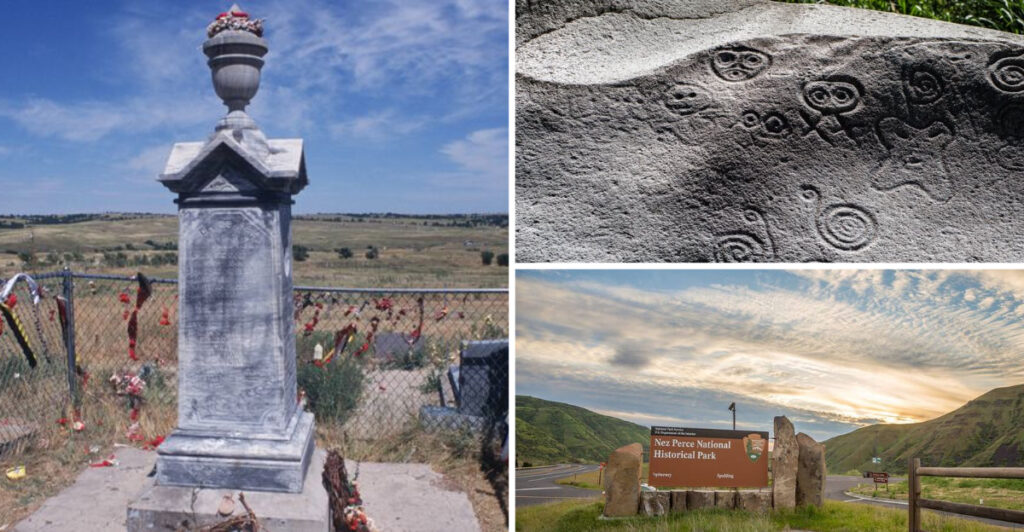Exploring the vast and rich history of the United States inevitably leads to the stories and lands of its first inhabitants—the Native Americans. Their legacy is etched into the very landscape, offering a glimpse into cultural richness, historical conflicts, and enduring traditions. These 15 Native lands are essential to understanding the authentic history of the U.S.
1. Mesa Verde National Park
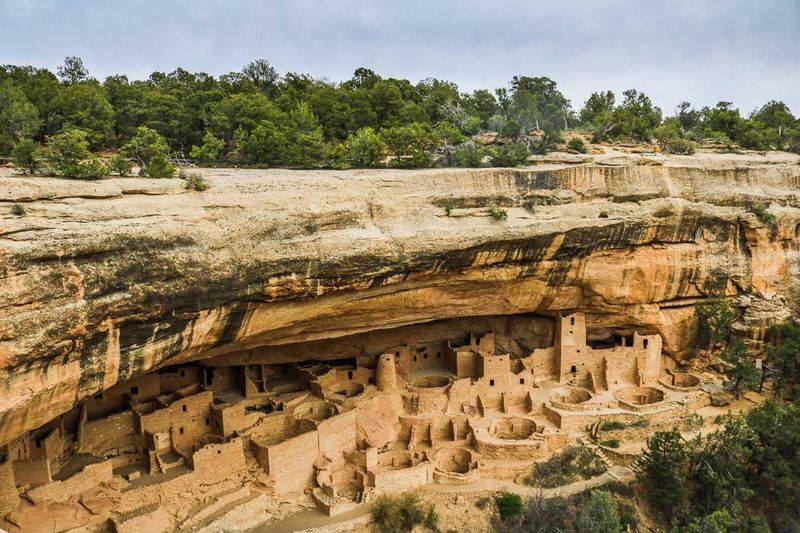
Located in Colorado, Mesa Verde National Park is home to some of the most notable and best-preserved Ancestral Puebloan cliff dwellings. These structures date back to 600 AD and provide insight into the ingenuity and lifestyle of the Ancestral Pueblo people. The park is a fascinating preservation of history, showcasing the intricate stone architecture and community living quarters.
Visitors can explore over 5,000 archaeological sites, making it one of the richest archaeological areas in the United States. The cliff dwellings, perched high on mesas, offer breathtaking views and a profound connection to the past.
A trip to Mesa Verde is a journey into a world where history and nature blend seamlessly, offering a unique glimpse into the life of the Puebloans and their impressive architectural achievements.
2. Taos Pueblo
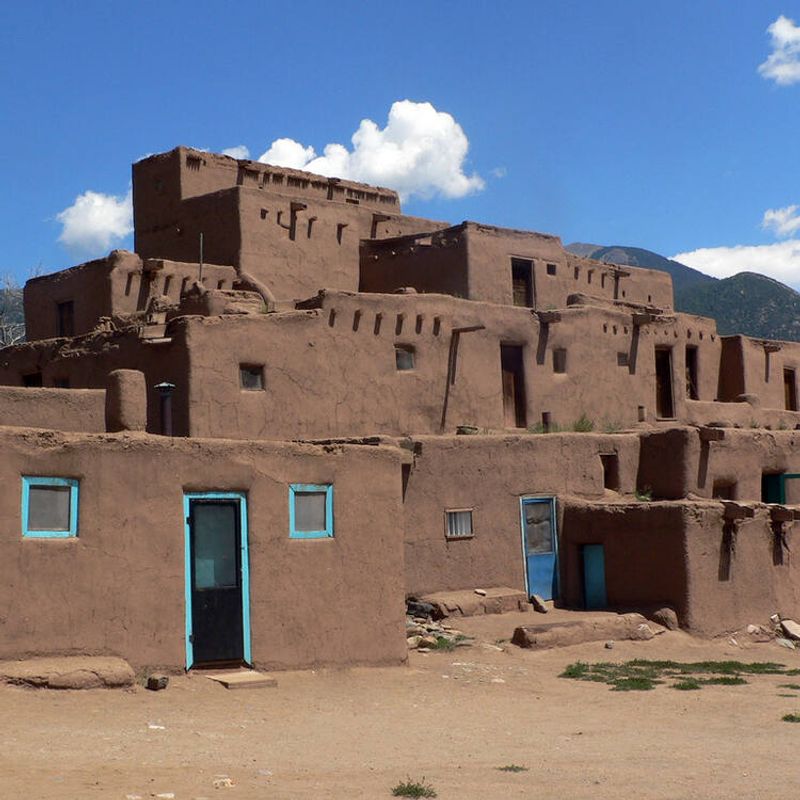
Taos Pueblo, located in New Mexico, is one of the oldest continuously inhabited communities in North America. The adobe structures, some of which are over 1,000 years old, reflect the deep-rooted traditions and culture of the Taos people. The pueblo is a UNESCO World Heritage site, symbolizing the enduring legacy of Native American history and architecture.
Taos Pueblo is still home to approximately 150 people who live without electricity or running water, maintaining traditional ways of life. This perseverance provides a living connection to the past and a testament to the resilience of the Taos community.
Visiting Taos Pueblo offers a unique opportunity to witness how ancient traditions blend with modern life, creating a vibrant tapestry of cultural heritage.
3. Cahokia Mounds State Historic Site
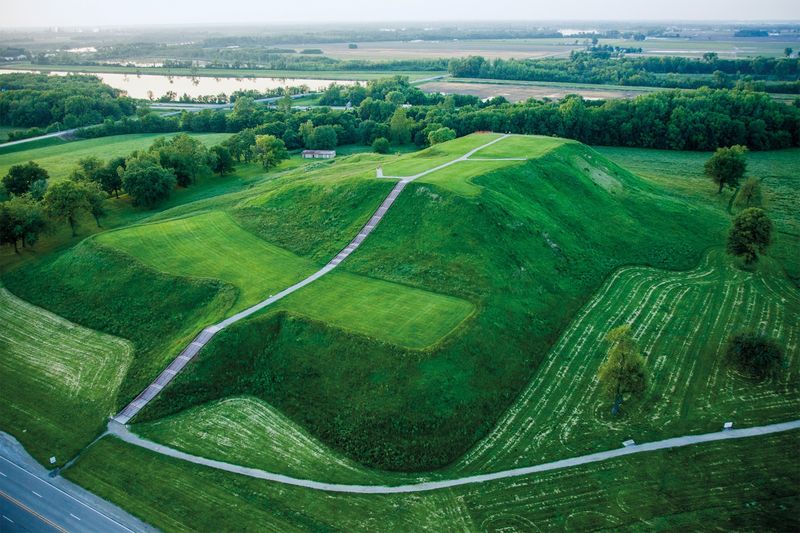
Cahokia Mounds, located in Illinois, encompasses the remains of the most sophisticated prehistoric native civilization north of Mexico. Around 1050 AD, it was larger than London, showcasing the Mississippian culture’s complex and vibrant society. The mounds are a testament to the ingenuity of their builders, featuring over 120 earthworks.
Monks Mound, the largest of these earthworks, offers panoramic views of the surrounding landscape and provides insight into the cultural and ceremonial significance of the site. The site’s significance as a center of trade, politics, and culture makes it an essential stop for understanding Native American history.
As a UNESCO World Heritage Site, Cahokia Mounds stands as a powerful reminder of the advanced societies that thrived well before European contact.
4. Bears Ears National Monument
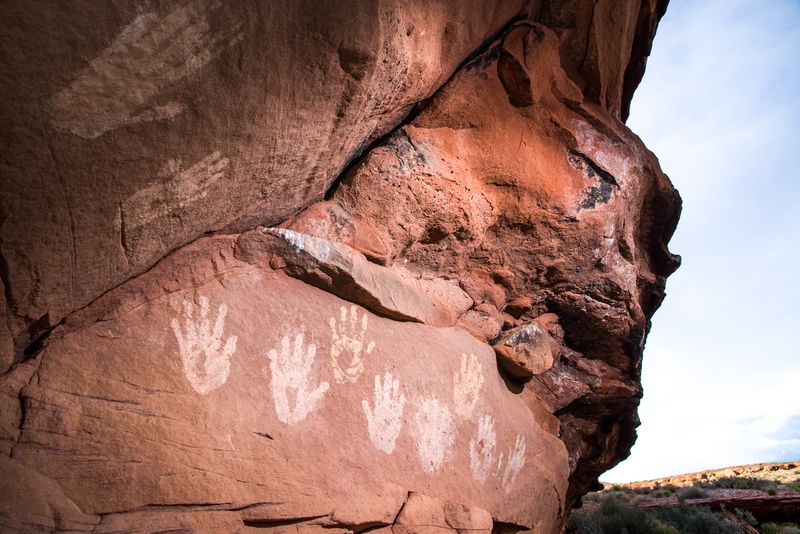
Bears Ears National Monument in Utah is a landscape of deep cultural significance to several Native American tribes. The twin buttes, which resemble bears’ ears, are sacred to tribes such as the Navajo, Hopi, Ute, and Zuni. This site is rich with archaeological sites, rock art, and ancestral dwellings, illustrating the deep connection between the land and its early inhabitants.
Ancient petroglyphs and pictographs tell stories of the past, offering glimpses into the spiritual and daily lives of the people who once thrived here. The monument is not just a place of history, but also of ongoing cultural importance to the tribes that continue to steward the land.
Bears Ears presents an opportunity to understand the intertwined relationship between Native American culture and the natural world, making it a vital stop for any history enthusiast.
5. Chaco Culture National Historical Park
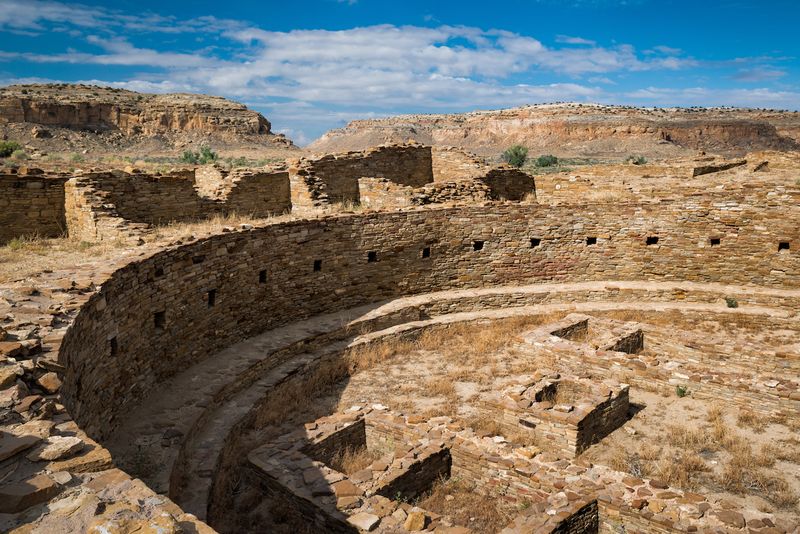
Chaco Culture National Historical Park in New Mexico is a center of Ancestral Puebloan culture. It was a major hub between 900 and 1150 AD, known for its monumental public and ceremonial buildings. These grand structures reflect the architectural prowess and astronomical knowledge of the Chacoan people.
The park’s complex road systems and building alignments with celestial bodies reveal a sophisticated understanding of astronomy. The ancient ruins, surrounded by the rugged beauty of the high desert, offer a unique perspective on the cultural and religious life of the Chacoans.
Chaco Canyon is a place where the echoes of a once-thriving civilization can still be felt, providing an enduring legacy of human ingenuity and spiritual connection.
6. Pipestone National Monument
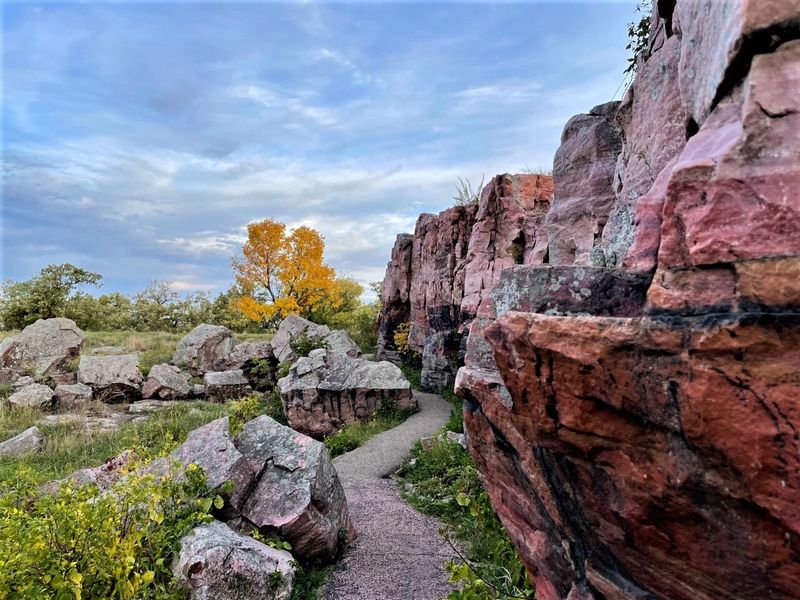
Located in Minnesota, Pipestone National Monument is a sacred quarry where Native Americans have extracted pipestone for centuries. This soft red stone has been used to craft ceremonial pipes, an important cultural and spiritual practice for many tribes. The significance of the site is deeply rooted in Native American traditions and beliefs.
The quarries are surrounded by tallgrass prairies, offering a serene setting that enhances the sacredness of the land. Visitors can witness the traditional methods of quarrying and carving, connecting with the spirituality and craftsmanship of the past.
Pipestone National Monument offers a unique insight into the cultural practices of Native Americans, serving as a living testament to their enduring spiritual and artistic traditions.
7. Wounded Knee Massacre Site
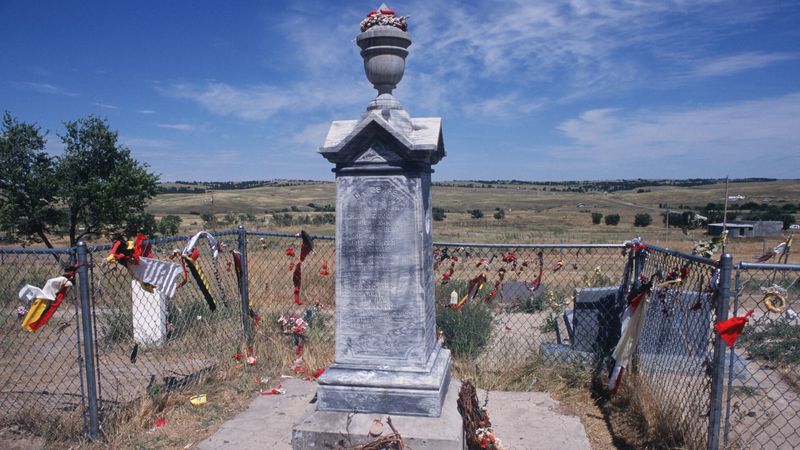
The Wounded Knee Massacre Site in South Dakota is a somber reminder of one of the most tragic events in Native American history. In 1890, the U.S. Cavalry killed over 150 Lakota men, women, and children, marking a devastating chapter in the history of Native American-U.S. relations.
The site serves as a place of mourning and remembrance, honoring the lives lost and the resilience of the Lakota people. A memorial stands as a testament to the ongoing struggle for justice and recognition faced by many Native American communities.
Visiting Wounded Knee offers a chance to reflect on the painful past and acknowledge the enduring spirit of the Lakota people, making it a crucial stop for understanding the complex history of Native American resistance and survival.
8. Black Hills (Paha Sapa)
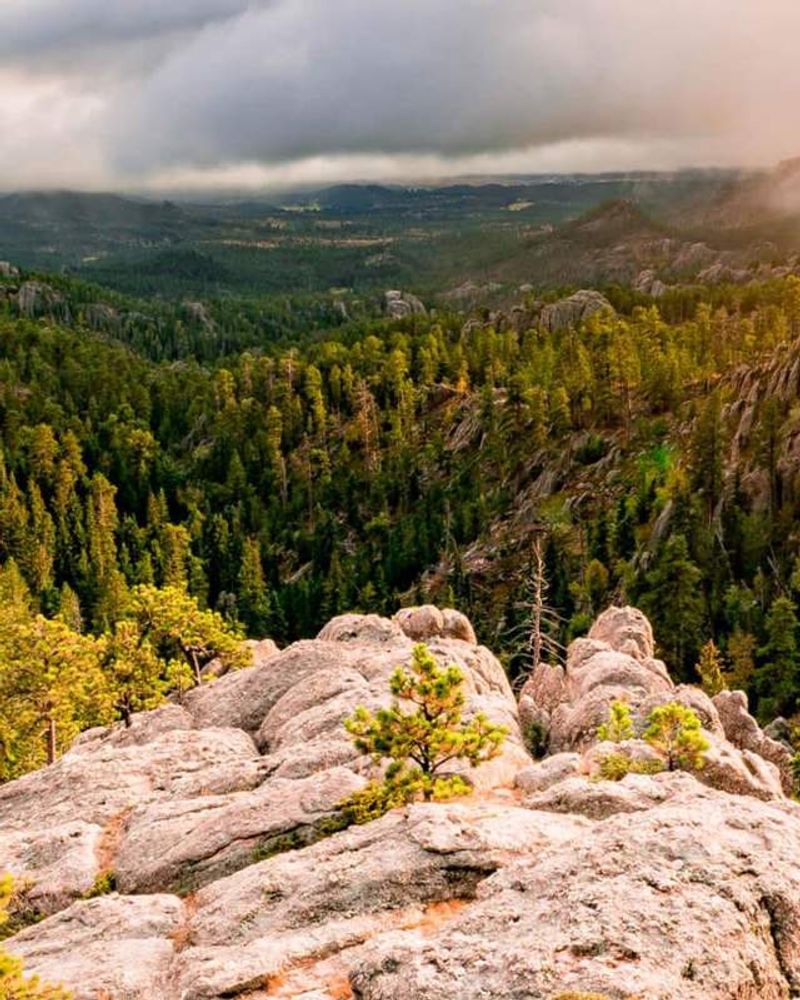
The Black Hills, known as Paha Sapa to the Lakota, are a sacred land filled with cultural and spiritual significance. Located in South Dakota, these rolling hills and rugged peaks hold a central place in the Lakota creation story. The land is revered not only for its natural beauty but also for its profound spiritual importance.
The Black Hills have been at the heart of territorial disputes, representing both a cultural homeland and a symbol of resistance. The region’s breathtaking landscapes offer an opportunity to connect with the spiritual essence of the Lakota people and understand their deep-rooted connection to the land.
Exploring the Black Hills provides insight into the spiritual beliefs and cultural heritage of the Lakota, making it an essential destination for those seeking to understand the sacred spaces of Native American culture.
9. Taíno Heritage at Jayuya
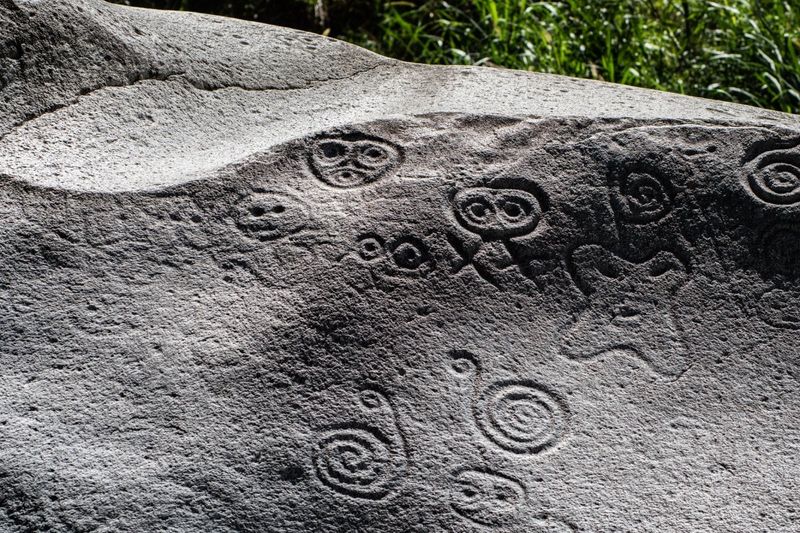
Jayuya, Puerto Rico, is a center of Taíno heritage, reflecting the rich history of the Indigenous people who once inhabited the Caribbean. The region is known for its petroglyphs and archaeological sites that reveal the sophisticated culture and spiritual beliefs of the Taíno.
The Cemi Museum in Jayuya offers a glimpse into Taíno artifacts and history, providing a deeper understanding of their society, which thrived long before European colonization. The lush landscapes of the area add to the connection between the Taíno and their natural environment.
Jayuya represents an opportunity to explore the vibrant history of the Taíno people, connecting past and present in a celebration of Indigenous Caribbean culture.
10. Hopi Reservation
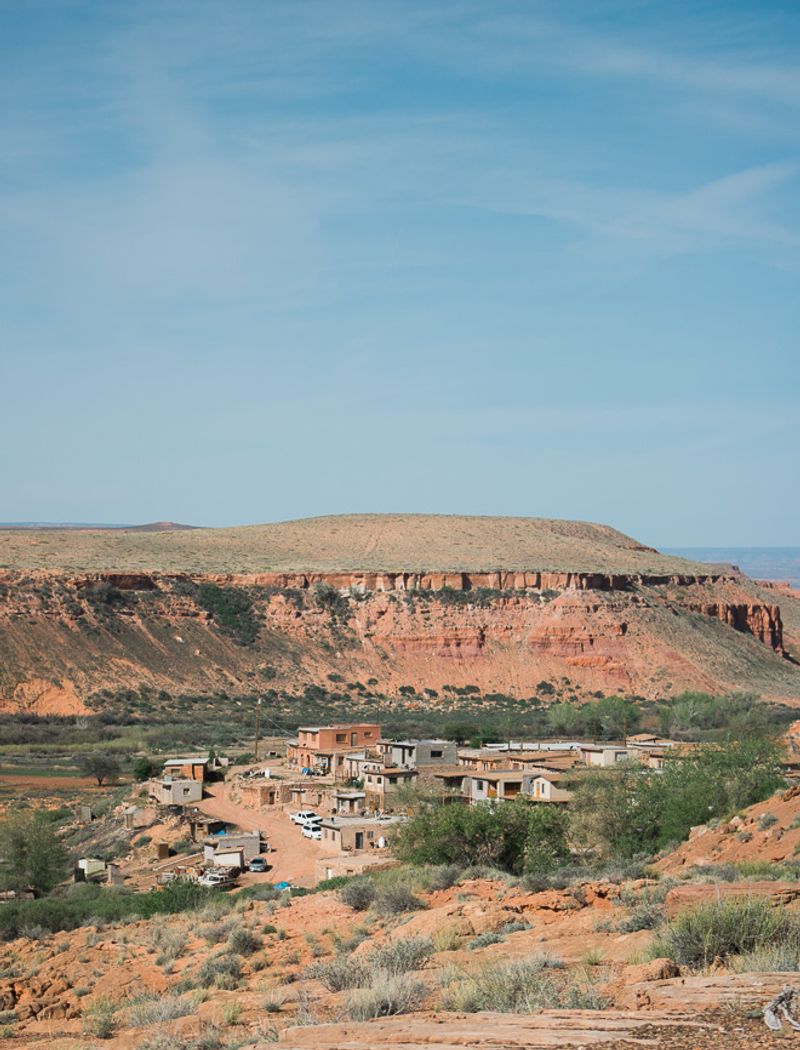
Located in northeastern Arizona, the Hopi Reservation is a place of deep cultural and spiritual significance. The Hopi people are known for their complex social structures, traditional ceremonies, and craftsmanship. Their land, marked by mesas and vast desert landscapes, reflects a harmonious relationship with nature.
The Hopi are one of the oldest Native American tribes, maintaining their traditions and language in the face of modern challenges. Their vibrant culture is expressed through art, dance, and storytelling, offering a window into a world where time-honored traditions continue to thrive.
Visiting the Hopi Reservation allows for an exploration of a living culture, where ancient practices meet contemporary life, providing a rich tapestry of history and tradition.
11. Nez Perce National Historical Park
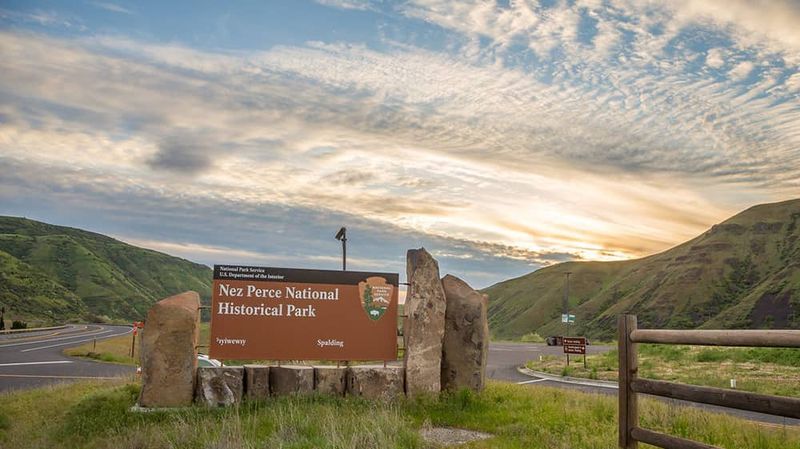
Nez Perce National Historical Park, spanning multiple sites across Idaho, Montana, Oregon, and Washington, tells the story of the Nez Perce tribe and their historic journey. The park preserves the cultural heritage and significant sites of the Nez Perce, who are known for their unique horse culture and resistance during the Nez Perce War of 1877.
The park’s landscapes, featuring rivers, mountains, and valleys, narrate the tribe’s connection to the land and their struggles for survival and sovereignty. Each site in the park contributes to a broader understanding of the Nez Perce’s enduring spirit and cultural resilience.
Exploring Nez Perce National Historical Park is a journey through the landscapes that hold the stories of courage and tradition, making it a pivotal stop for appreciating Native American history.
12. Devils Tower National Monument
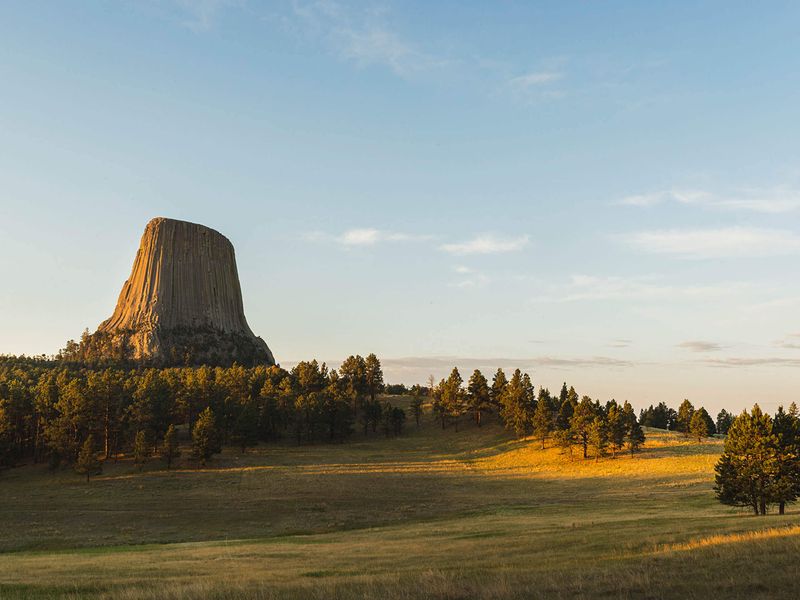
Devils Tower, standing tall in Wyoming, is a geological wonder and a sacred site for many Native American tribes. Known as Bear Lodge by the Lakota, it holds spiritual significance and is the centerpiece of numerous Native legends. The tower’s dramatic formation rises dramatically from the rolling plains, offering a striking natural spectacle.
The monument is a testament to the geological processes that shaped the land, but more importantly, it serves as a spiritual and cultural focal point for tribes such as the Lakota, Cheyenne, and Kiowa. The site’s spiritual importance is celebrated through ceremonies and prayers that connect the tribes to their ancestors.
Visiting Devils Tower offers a dual experience of geological marvel and cultural reverence, highlighting the intertwined relationship between the land and its Indigenous stewards.
13. Zuni Pueblo
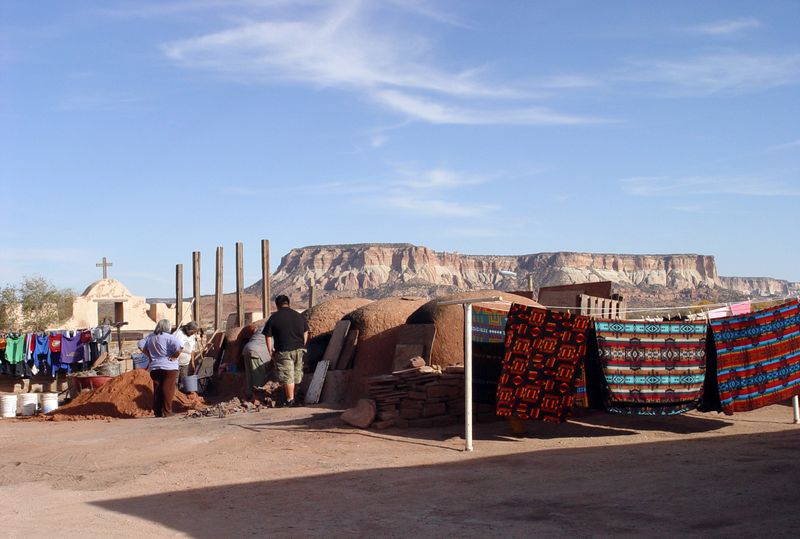
Zuni Pueblo in New Mexico is a vibrant living community with a deep spiritual and cultural legacy. The Zuni people are renowned for their intricate jewelry, pottery, and traditional crafts, which reflect their artistic heritage. Their pueblo, nestled in the southwest, is a place where tradition and daily life intertwine seamlessly.
The Zuni maintain a rich ceremonial calendar that guides their spiritual practices and community life. The importance of maintaining balance and harmony is evident in both their art and social structures, offering a unique perspective on Indigenous cultural continuity.
Exploring Zuni Pueblo provides an engaging look into a community where ancient traditions and contemporary life coexist, showcasing a remarkable blend of art, culture, and spirituality.
14. Hualapai Indian Reservation
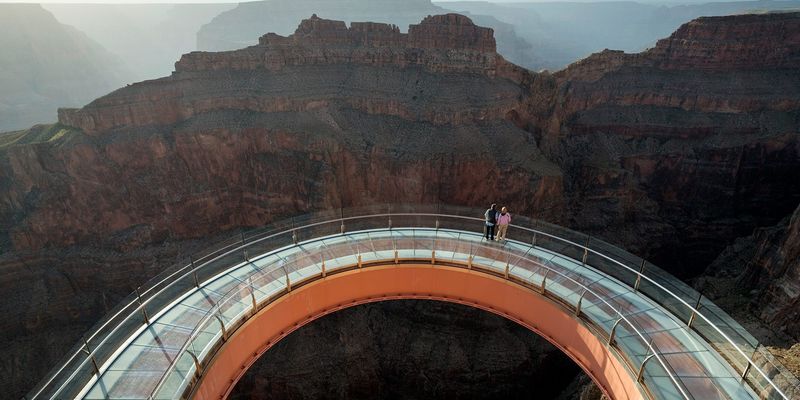
The Hualapai Indian Reservation in Arizona encompasses a stunning stretch of the Grand Canyon and the Colorado River. The Hualapai people, meaning “People of the Tall Pines,” have inhabited this region for centuries, developing a deep connection to its dramatic landscapes.
The reservation offers unique experiences such as the Skywalk, a glass bridge extending over the Grand Canyon, allowing visitors to appreciate the breathtaking views and the tribe’s historical ties to the land. The Hualapai’s cultural heritage is expressed through their language, traditions, and stewardship of the natural environment.
Visiting the Hualapai Indian Reservation is a chance to witness the awe-inspiring beauty of the Grand Canyon while learning about the cultural legacy of the Hualapai people, who have long called this land home.
15. Standing Rock Reservation

Standing Rock Reservation, straddling the border of North and South Dakota, gained international attention during the 2016 protests against the Dakota Access Pipeline. The reservation is home to the Lakota and Dakota people, who have long fought for their land rights and environmental justice.
The protests highlighted the importance of protecting sacred sites and preserving natural resources, drawing attention to the ongoing struggles faced by Native American communities. Standing Rock remains a symbol of resistance and resilience, representing the fight for Indigenous rights and sovereignty.
Visiting Standing Rock offers a poignant reminder of the continuing challenges faced by Native American tribes and their determination to protect their cultural heritage and ancestral lands.

